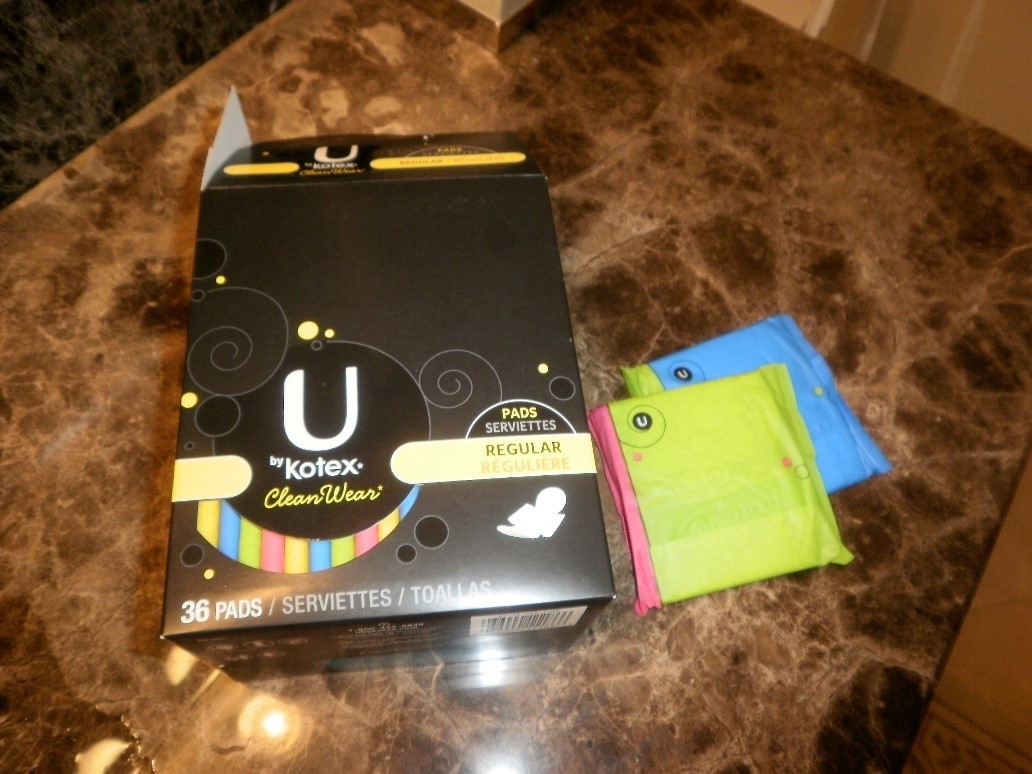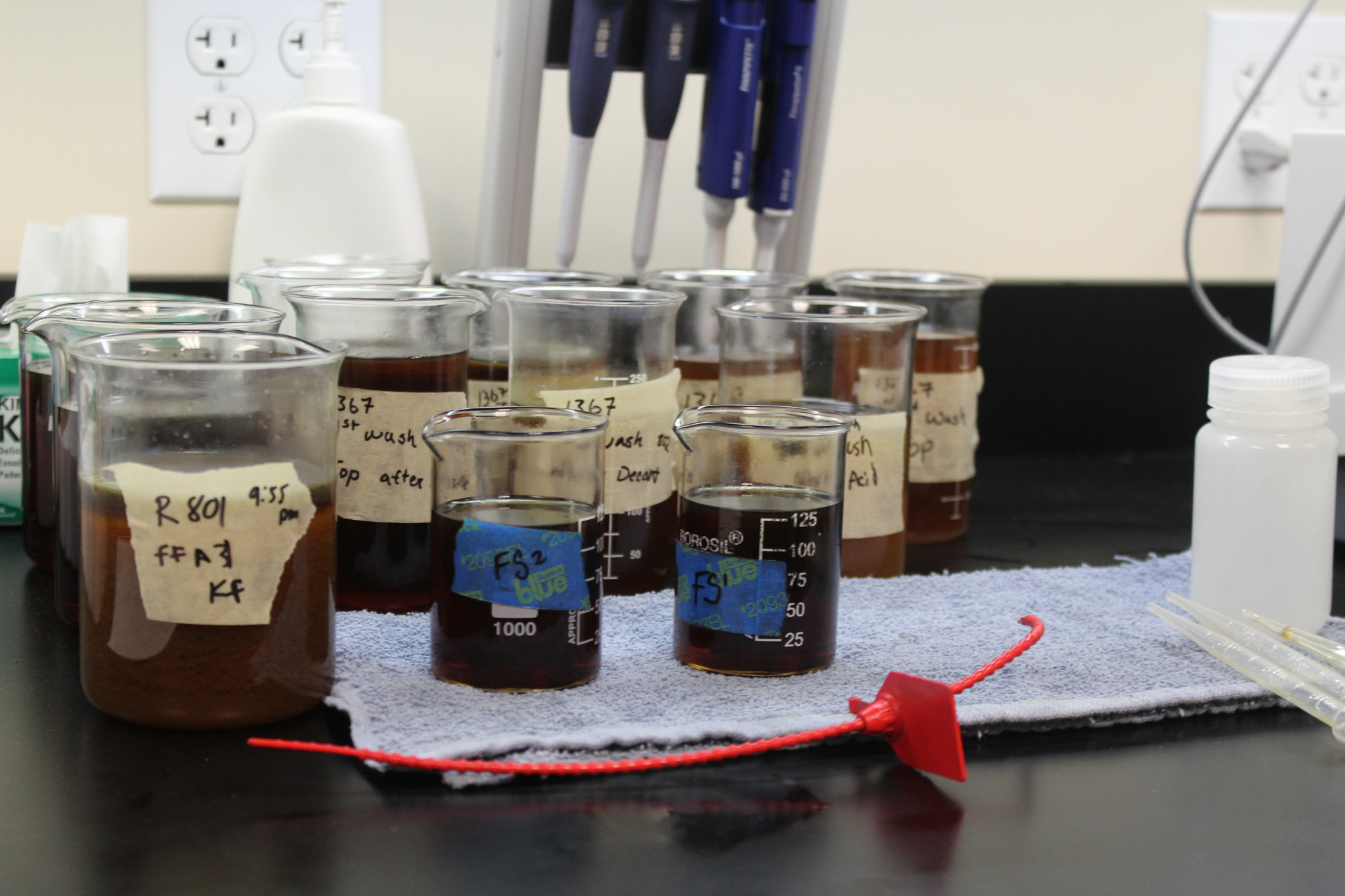A step forward or a step back from self-sufficiency?
By: Souma Kundu
At the start of 2020, I remember the Trump administration celebrating what it saw as a victory for “self-sufficiency,” and “protecting law-abiding legal citizens from undue tax burdens”. Following a battle in the lower court, in a much-anticipated Supreme Court ruling, the court sided 5-4 with the administration, allowing enforcement of the 2019 expansion of the Public Charge rules.
This court ruling on Public Charge marks only the latest iteration of a policy dating back to the 1882 Immigration Act. While the definition and enforcement has varied over time, the essence of the law remains true to its origins: immigrants who are deemed unable to take care of themselves without becoming dependent on public assistance are unsuitable for American citizenship and therefore denied entry. Historically, public charge was determined by a holistic review of an applicant’s circumstances including age, health, financial status, education and skills. The use of public benefits for cash assistance and long-term institutionalization could be considered in this review, but other programs such as nutritional/housing assistance or public insurance were not included. In 2019, the United States Citizenship and Immigration Services (USCIS) expanded on the existing criteria to consider public benefits such as supplemental nutrition assistance, Medicaid or public housing. Additionally, it stipulated that the use of any of these public benefits for more than twelve months within any 36 month period may classify an applicant as a “public charge” effectively making them ineligible for permanent residency.
At the heart of this policy’s long-standing history is a deep-rooted belief that self-reliance is inextricably linked to the worth of an individual. It also posits that requiring public assistance is not only a burden to society, but one that is unlikely to be paid off or utilized for eventual gain.
But is this policy, and its predecessors really helping us increase self-sufficiency? Or is it robbing the US of its vast current and future population of contributing citizens? Even more pressing in 2020, is the impact of enforcing public charge during a pandemic leading to an underutilization of health care and resources only to increase morbidity and mortality across the nation?
From the lens of a healthcare worker, the general concern that efforts to rehabilitate lead to dependence baffles me. In medicine, from a sprained ankle to a surgery, achieving ultimate goals of “returning maximum function” all depend on how we can aid the healing process along the way. Generally, the use of a brace to offload the weight of a broken foot is not contested. Neither is the need for physical therapy to retrain our muscles after injury. But when it comes to rehabilitation of a person, our nation is much more skeptical of the process.
The abundance of research in the US and other countries on long-term effects of various welfare programs such as cash assistance, nutrition, and housing, point to the overwhelming benefits to the health of the recipients. Interestingly, benefits can also be seen towards community, by way of increased rates of labor participation, education attainment, employment status and productivity (Banerjee, Blattman, et. al). In a 2019 study on long-term economic impacts of childhood Medicaid, researchers found Medicaid-eligible children had higher wages starting in their twenties with wages increasing as they age. By the time these children reach age 28, their expected annual tax on earnings will return 58 cents for each Medicaid dollar spent to the government (Brown 2020). Providing basic human needs can be life changing – and it seems not just an ethical imperative, but a sound investment.
As many physicians, policy makers, immigration lawyers and researchers have feared, the changes to public charge determination is adding fear and confusion, resulting in underutilization of services available to immigrant families. Even programs such as the Children’s Health Insurance Program (CHIP), which is exempt from public charge review, have experienced a decrease in utilization. An early impact study of public charge since enforcement began in February 2020, showed a 1% increase in the US’ noncitizen population that was associated with a 0.1% drop in child Medicaid use, estimated as a decline in coverage of 260,000 children. Researchers attribute this drop in enrollment to the fear and misinformation spreading amongst immigrants around public charge (Barofsky 2020).
As a medical student in San Diego where roughly two-thirds of our county’s population is Spanish-speaking, the impact of fear-mongering could not be more clear. Since the start of the pandemic, our once overflowing children’s hospital emergency department has been eerily quiet. Parents are worried for the safety of their families at the cost of health consequences from delays in care. At a time when access to medical care is imperative, our patients without documentation fear being turned away, or worse, turned in.
Meanwhile, disenrollment affects more than just immigrant families foregoing public assistance. Safety-net hospitals which rely heavily on Medicaid and CHIP payment are estimated to be at risk for a loss of $68 billion in health care services for Medicaid and CHIP enrollees (Raphael 2020). A drop in Medicaid enrollees will lead to increases in uncompensated care, lower Medicaid and CHIP revenue, alongside the cost of complications and emergencies secondary to foregoing early/preventive care. The fear and reluctance that public charge has created is not a simple reduction in federal spending, but rather a shifting of the burden with downstream financial havoc.
With the ample evidence that negates the assertion that the use of public assistance dooms one to a lifetime of dependency, and evidence to the contrary, that foregoing use has downstream effects on society, I urge us to rethink the dominant narrative around welfare and its implications for our nation. If we reject the belief that we must limit the use of public resources in favor of nurturing our communities most in need, we are much more likely to manifest our nation’s values of self-sufficiency and unlocking its potential. I’m not asking you to give up on self-reliance, I’m asking you to invest in it.
References:
- Blattman C, Jamison J, Green E, Annan J. The returns to cash and microenterprise support among the ultra-poor: a field experiment. SSRN Journal. Published online 2014.
- Banerjee AV, Hanna R, Kreindler G, Olken BA. Debunking the stereotype of the lazy welfare recipient: evidence from cash transfer programs worldwide. SSRN Journal. Published online 2015.
- Brown DW, Kowalski AE, Lurie IZ. Long-term impacts of childhood medicaid expansions on outcomes in adulthood. Review of Economic Studies. 2020;87(2):792-821.
- Barofsky J, Vargas A, Rodriguez D, Barrows A. Spreading fear: the announcement of the public charge rule reduced enrollment in child safety-net programs: study examines whether the announced change to the federal public charge rule affected the share of children enrolled in medicaid, snap, and wic. Health Affairs. 2020;39(10):1752-1761.
- Raphael JL, Beers LS, Perrin JM, Garg A. Public charge: an expanding challenge to child health care policy. Academic Pediatrics. 2020;20(1):6-8.







